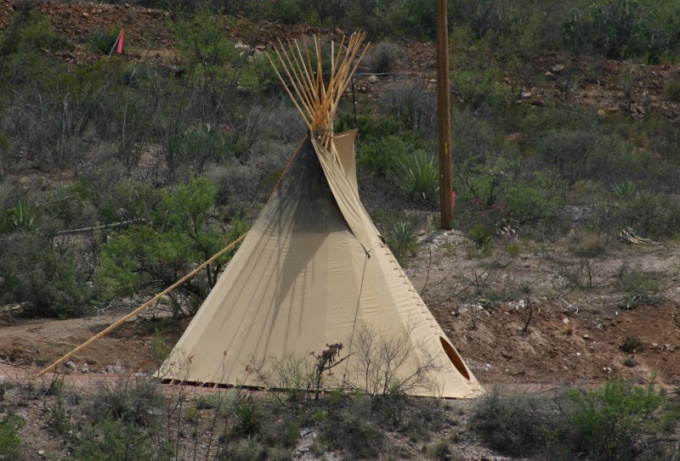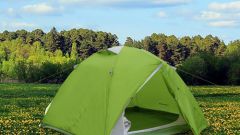You will need
- thick poles for the frame;
- - thin branches for rafters;
- - flexible branches;
- - flooring for walls and floors (grass, reeds, moss, etc.);
- stick-spears;
- - axe;
- rope, tent, polyethylene (according to availability).
Instruction
1
Find a suitable location for building the shed. It is important to determine the wind direction, not to make the entrance to the shelter on the windward side. Well, if there will be natural protection (bushes, hill, etc.). Next should be a lot of trees, plants and a variety of sticks.
2
Clear the ground under the canopy. Remove stones, branches, and, if necessary, cut a hatchet turf. In a dry place will be enough to make a floor of twigs and grass. If you have to engage in construction works under extreme conditions of swampland, pre-fabricate the couch.
3
Hammer two pairs of stakes-Rohatyn (forked at the top), building them on a line of the rectangle. Place across forked "horn" two thin but strong tree trunk and cover the frame of the couches interconnected poles, then the branches of broad-leaved trees (or twigs) and grass.
4
Start making the frame of the hut. For dwellings with domes you need to put some supports from thick branches on the perimeter of the future floor and connect the top ropes, and if they are not – flexible rods.
5
Quickly make a shelter like an Indian Lodge can be using as the main pillar of the tree trunk. In this case, the branches have to cut down to the desired height, place around the target long pole and staple the top.
6
Another variant of a frame can make two durable Rohatyn and transverse poles. Support must be hard to drive into the ground (almost 1/3 of the length), at a distance of approximately 2 m from each other. Top off with a horizontal support for the future of the slope.
7
Make the rafters resting on the frame hut thin branches at an angle of 45-60 degrees. To lock the pole twist their flexible rods (with ropes).
8
Plank roof and back wall of the hut from bottom to top, as when laying tiles: the top row should be the lap, half-closing the underlying layer. If done Vice versa (laid down), you can get wet in the rain – moisture will linger on the roof and does not drain down.
9
Use as "shingles" suitable means at hand – tied in bundles of reeds, branches, leaves, sod, moss, and so on. The wall on the windward side, it is recommended to impose an additional flooring.
10
Well, if you have a large piece of plastic film or water-resistant windproof tent - will just throw the cloth on the frame and stick the edges with stones.
11
Game hut on the Playground or in the garden you can build on the same principle. As flooring you can use boards, plywood or expanded cardboard packing boxes, impregnated with paraffin for water resistance.
Useful advice
If you want to have a fireplace inside the domed tent, provide a hole for the chimney – don't associate all the branches tightly. To shelter on the three strong branches is best to choose the fire front.


